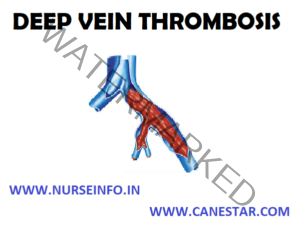

Additional tests, such as an ultrasound scan, will need to be carried out to confirm DVT. However, the D-dimer test isn't always reliable because blood clot fragments can increase after an operation, injury or during pregnancy. The larger the number of fragments found, the more likely it is that you have a blood clot in your vein. This test detects pieces of blood clot that have been broken down and are loose in your bloodstream. Your GP may advise that you have a specialised blood test called a D-dimer test. It can be difficult to diagnose DVT from symptoms alone. See your GP as soon as possible if you think you may have DVT – for example, if you have pain, swelling and a heavy ache in your leg. They'll ask you about your symptoms and medical history. Read more about the causes of DVT Diagnosing DVT If you're taking either of these, your risk of developing DVT is slightly increased. The combined contraceptive pill and hormone replacement therapy (HRT) both contain the female hormone oestrogen, which causes the blood to clot more easily. being pregnant – your blood also clots more easily during pregnancy.

having certain conditions or treatments that cause your blood to clot more easily than normal – such as cancer (including chemotherapy and radiotherapy treatment), heart and lung disease, thrombophilia and Hughes syndrome.blood vessel damage – a damaged blood vessel wall can result in the formation of a blood clot.being inactive for long periods – such as after an operation or during a long journey.having a history of DVT or pulmonary embolism.As well as age, there are also some other risk factors, including: Read more about the complications of DVT DVT causesĮach year, DVT affects around 1 person in every 1,000 in the UK.Īnyone can develop DVT, but it becomes more common over the age of 40. Seek immediate medical attention if you have pain, swelling and tenderness in your leg and develop breathlessness and chest pain. chest pain – which may become worse when you breathe inīoth DVT and pulmonary embolism need urgent investigation and treatment.breathlessness – which may come on gradually or suddenly.A pulmonary embolism is a very serious condition which causes: If left untreated, about 1 in 10 people with a DVT will develop a pulmonary embolism. This then blocks one of the blood vessels in the lungs, preventing blood from reaching them. This is a serious condition that occurs when a piece of blood clot breaks off into the bloodstream.


 0 kommentar(er)
0 kommentar(er)
